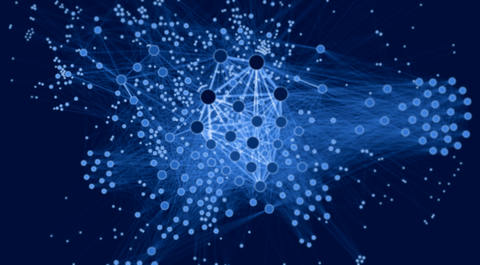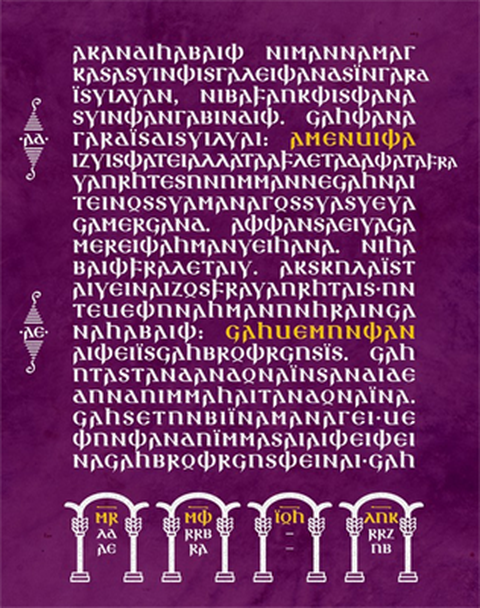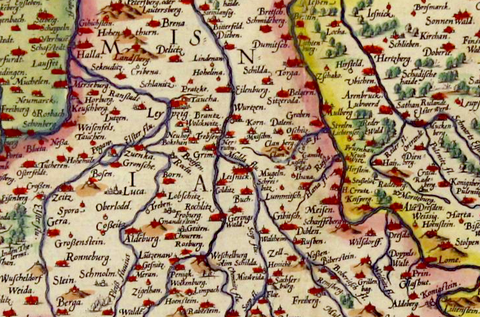Linguistics and history of German language

Netzwerk von Konstruktionen
The linguistics and history of German language encompasses a broad subject area. It is as modern as it is historically conscious, as rich in perspective as it is focused, as theoretical as it is practical. But the German language is always at the center of our interest. Some topics are close to linguistics of other philologies, for instance when it comes to fundamental problems in grammar. Here we ask questions like these: What is grammar and how do you write grammar? In the next few years, language-use-based approaches will become more prevalent, and construction grammar is one of them. It has its roots in Cognitive Grammar, which, more than normative, rule-based grammars, also addresses questions of language acquisition and language change.

Codex Argenteus (Mk 3,27–32) -- gotische Bibelübersetzung (um 500)
To illuminate the understanding of language use in the present, the linguistic-historical perspective is essential. Therefore the linguistic History of German from Old High German to the present is another focus of our teaching and research. Language usages change, they do not remain stable. What we know as 'language' is always only the objectified quantity of the language use of individual speakers who communicate. This must be clear when using metaphors like the one of the 'organism language' - not a 'language is alive', but it is 'used alive by speakers'. So if we want to define language change more precisely, we ask about factors that consciously or unconsciously control the language use of individual speakers.
The German language has been handed down in writing for about 1300 years. In this respect, we can observe enormous changes over several historical epochs (from the early Middle Ages to the 19th century), which in turn sharpen our view of the contemporary language, because every linguistic-historical interpretation also explains phenomena of the contemporary language. The study of language stages is also fundamental for the study of literary history.
Theoretical perspectives on the subject language German:
- Cognitive linguistics: Theory of language and grammar (Construction grammar), Frame semantics, changes of language and constructions, language acquisition,
- Neurolinguistics and psycholinguistics: Language production and language procession,
- Pragmatics und sociolinguistics: Language use and communication.

Der meißnische Sprachraum in frühneuhochdeutscher Zeit
Content and subject: The German language in historical stages and the present:
- Sub areas of grammar (phonology, graphematics, morphology/word formation, syntax),
- Epochs of the German language (Old High German, Middle High German, Early New High German and New High German),
- Variants of the German language (social: youth language, spatial: Dialects and regional languages, functional: language of the media),
- Lexikology, semiotics und semantics,
- Text linguistics and conversation analysis,
- Discourse analysis,
- Language and culture.
In research and teaching, we are particularly committed to addressing application and practice-related topics that bring together research, teaching and application at the interface between science and the public. We are engaged in the areas of:
- Digital Humanities
- Corporate communication
- Forensic linguistics
- Accessible communication
We pay special attention to digitization in the humanities. This does not merely mean that we are committed to the digitization of data, but that we implement the following principles in research and teaching: Collaboration with the help of all technical possibilities (Bring Your Own Device) as well as transparency and openness of research data and results (Open Access, Open Educational Resources).
